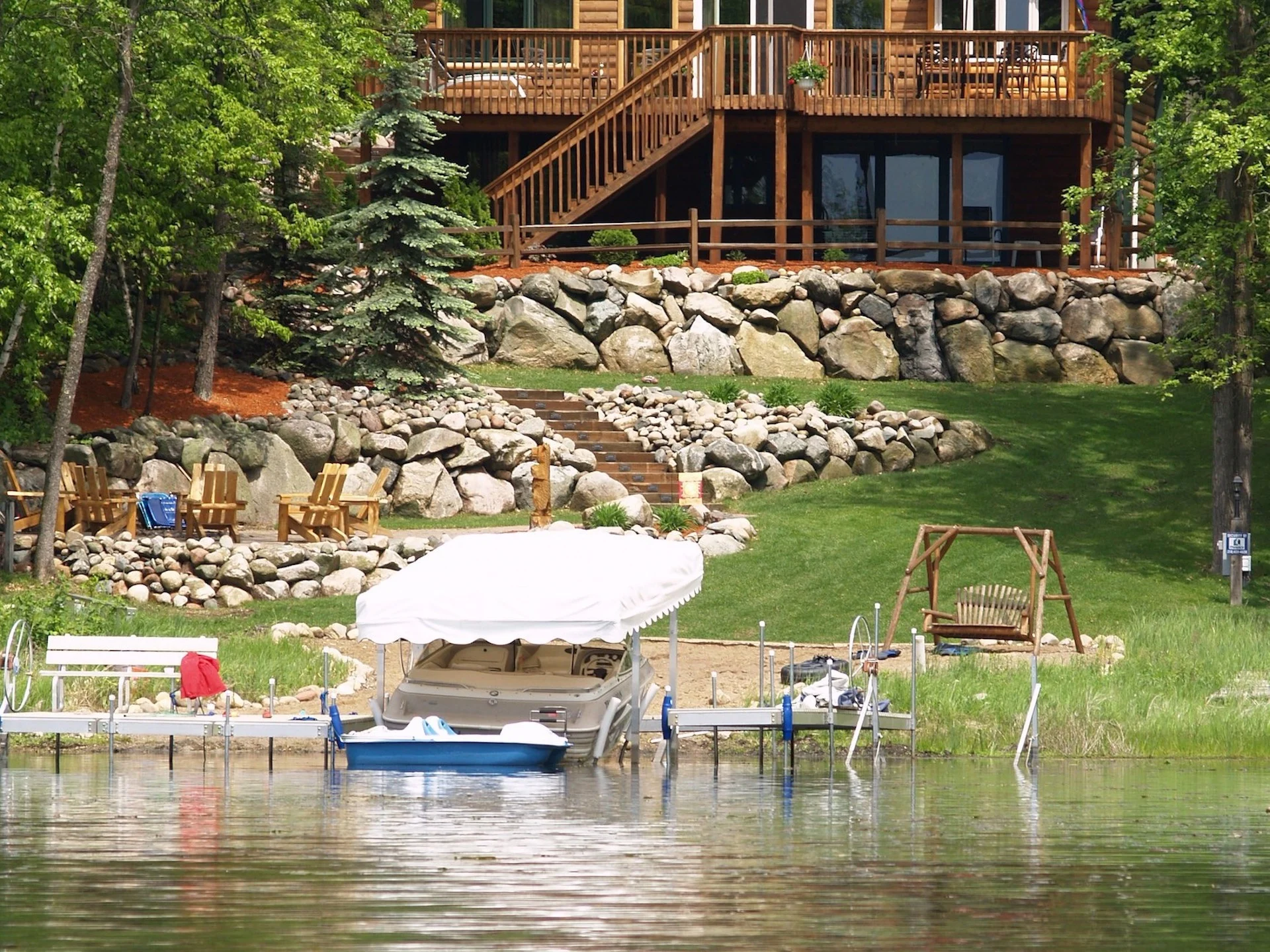
Show love for your lake by creating and maintaining healthy shorelines
'Healthy shorelines lead to healthy lakes,' says a conservation researcher with the Canadian Wildlife Federation (CWF)
Summer fun on the water may be winding down but taking care of your lake and waterfront property is a year-round job.
The Love Your Lake program, a partnership between the Canadian Wildlife Federation (CWF) and Watersheds Canada, is designed to encourage waterfront property owners to become better stewards of their lakes and the aquatic habitats they provide.
They can do that by naturalizing their shorelines and making informed decisions about best practices for waterfront lands and landscaping, dock and buffer wall construction, among others.
"Canada's lakes are facing many pressures and many challenges. And we know that healthy shorelines lead to healthy lakes," said Terri-Lee Reid, conservation researcher with the Canadian Wildlife Federation (CWF), in a recent interview with The Weather Network.
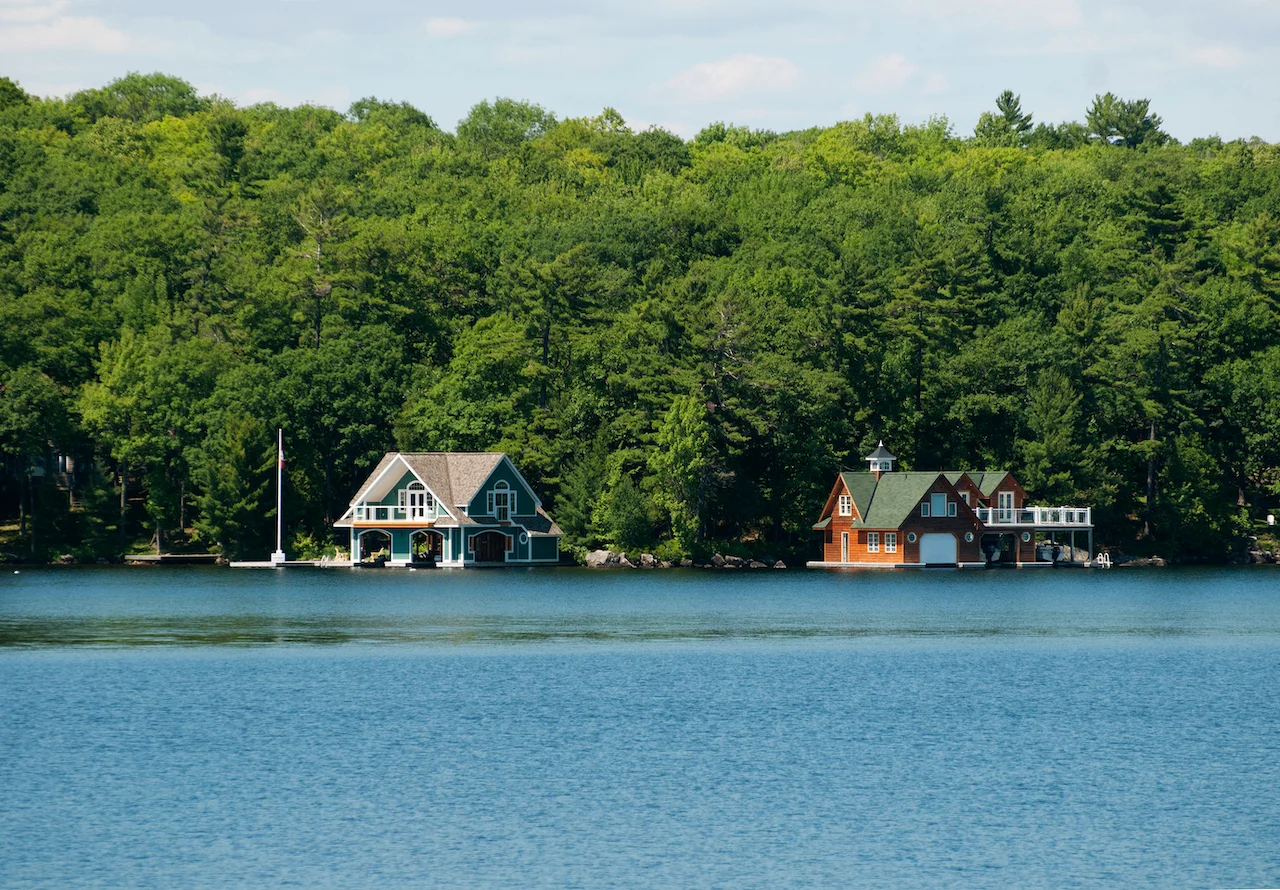
(Getty Images-152136578)
"We know that people love their lake, but they don't always realize that some of their actions may be negatively impacting [it]."
SEE ALSO: Why a 'tree's job isn't done' after a storm brings it down
Voluntary reports assess properties to help owners with site modifications
The program involves staff conducting property assessments from the water on any lake chosen for the program, which publishes the information in a free, downloadable report. Alternatively, a printed copy can be purchased for $20.
This year, the partner areas included:
Muskoka Watershed Council
Watersheds Canada
City of Greater Sudbury
Lake Bernard Property Owners’ Association (LBPOA), including the Village of Sundridge and the Township of Strong
Three Mile Lake Community Club (Almaguin Highlands region)
Re-imagining Atlantic Harbours for 2050
Since launching in 2013, there have 216 lakes that have been reviewed through the program, including the bodies of water that will have been looked at this summer, amounting to more than 49,000 properties.

(Getty Images-482474914)
DON'T MISS: Lake Superior is one of the fastest-warming lakes on the planet
The purpose of Love Your Lake is to provide shoreline property owners with voluntary reports so when they take on projects to enhance their site, they can do so in an environmentally friendly way using the appropriate information, Reid said.
Lake summary reports are also produced through the initiative, summarizing the information that was gathered around the body of water without including any personal data.
Benefits to Love Your Lake and maintaining waterfront property
A healthy shoreline can provide numerous benefits to a lake and the adjoining property. For example, it can reduce the amount of contaminants that enter the lake through run-off, Reid noted.
"When it rains or when there's snowmelt, [the runoff] travels across your property. As it's doing so, it's picking up pesticides, fertilizers, oil, gas, sediment, salts, [and] all kinds of contaminants. It can make its way into the lake," said Reid.
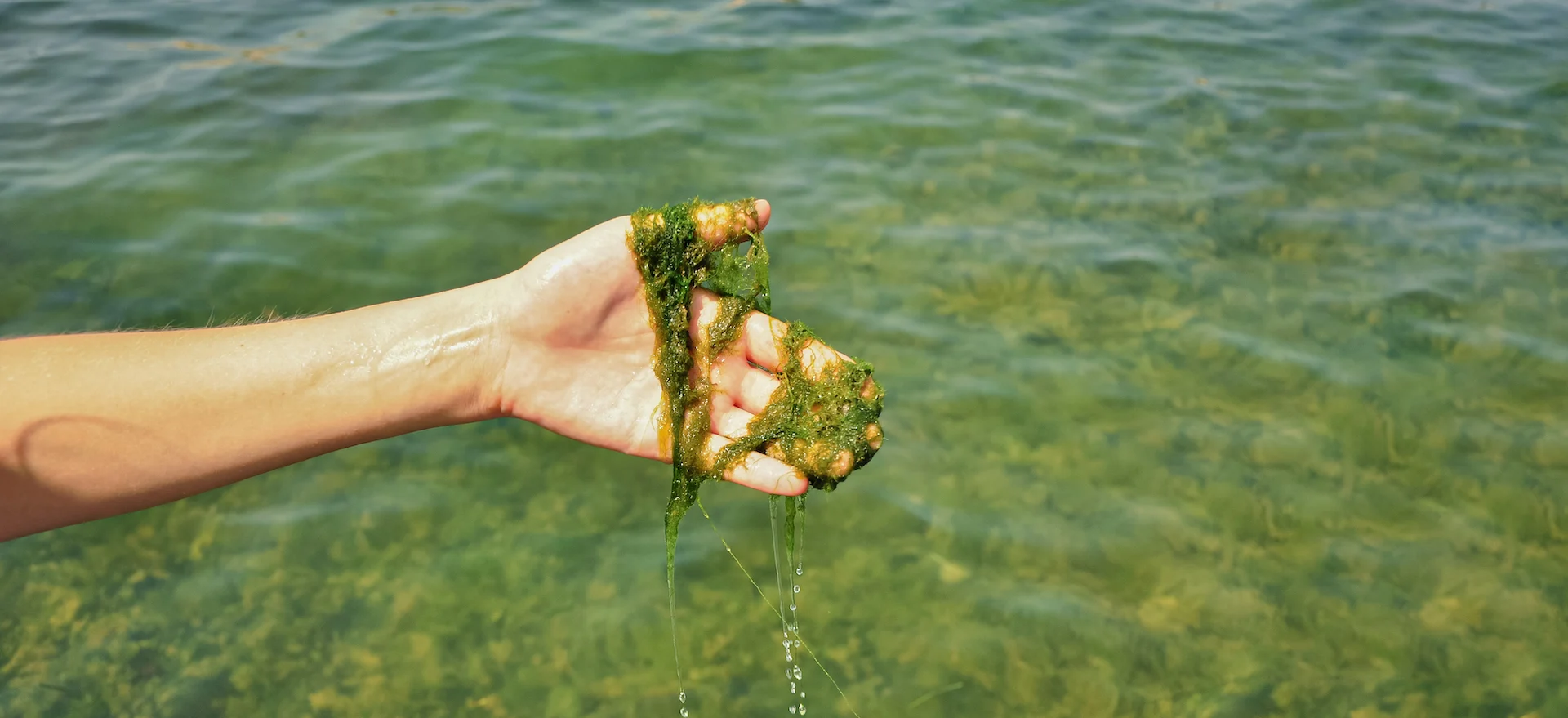
(Getty Images-1463450724)
But, if you have a well-maintained shoreline with a healthy "buffer," the vegetation is going to slow the run-off down so it gives it time to seep into the soil, rather than get deposited into the lake, Reid stated.
A healthy shoreline also helps with erosion because the root structure associated with the vegetation assists with holding the soil together.
As well, it provides great wildlife habitat, so much so that a healthy shoreline is often referred to as the "ribbon of life," she noted.
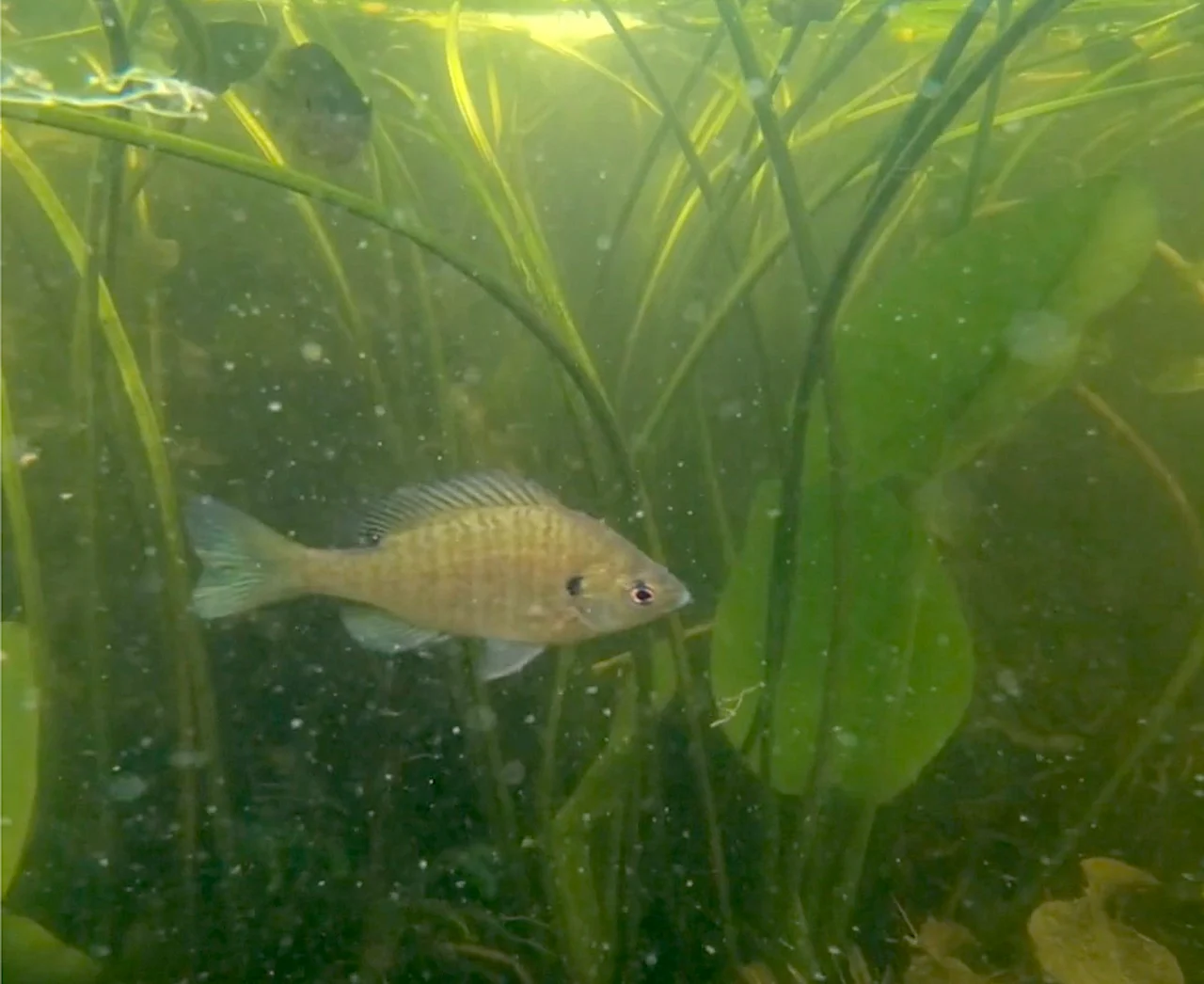
(Watersheds Canada)
If those reasons weren't enough to enhance your shoreline, doing so can even maintain or improve property values.
"Who wants to buy a property on a lake that's prone to algal blooms or on a property with a shoreline that's being eroded away? Healthy shorelines provide so many great benefits to the health of a lake," said Reid.
How properties get assessed
Every property on the lake in the program gets assessed, with staff conducting reviews on a boat so people's properties aren't encroached upon, she said.
Staff then fill out a data sheet for each property, containing information such as the amount of development or degradation on the site, how much is manicured, if there's erosion, setback of the main residence, if there is a mowed lawn to the water or buffer, and different habitat features, among other details.

(Watersheds Canada)
"We look at all kinds of features on the property, and that all gets input into our online database. Property owners can [then] go online and download their report the following spring. The information is completely voluntary," said Reid.
Tips for property owners to enhance the shoreline
There are a number of improvements shoreline property owners can make that won't require a lot of time or cost much money.
The first is to have a shoreline buffer, the conservation researcher said, which is a "strip" of native vegetation. That includes native trees, grasses, shrubs and perennials situated on their land along the shoreline.
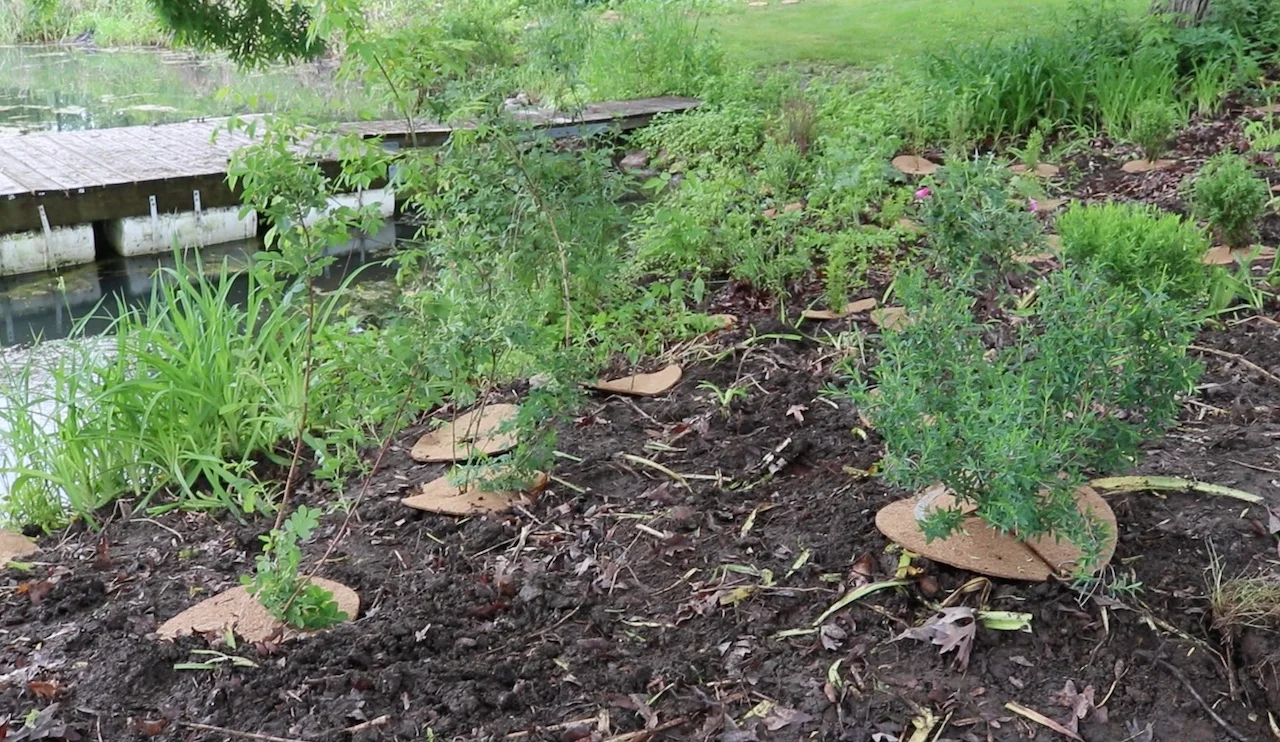
(Watersheds Canada)
To make a shoreline buffer, stop mowing a section of your grass along it so seeds brought in by wind and wildlife will get a chance to grow, Reid said, or you can plant your favourite native trees or shrubs.
"Maybe you're trying to attract certain songbirds or pollinators, so you can plant [trees or shrubs] to attract those species," said Reid.
In terms of size, it would be ideal if you have the available space to make it at least 10 metres in width since "bigger is always better."
If you have a retaining wall, you can plant native vegetation on the landward side, which will reduce run-off and help with erosion. If you have a riprap retaining wall, there's going to be vegetation that naturally grows in between the rocks, so let it grow since that's going to help with the erosion and assist with holding the soils in place, she said.
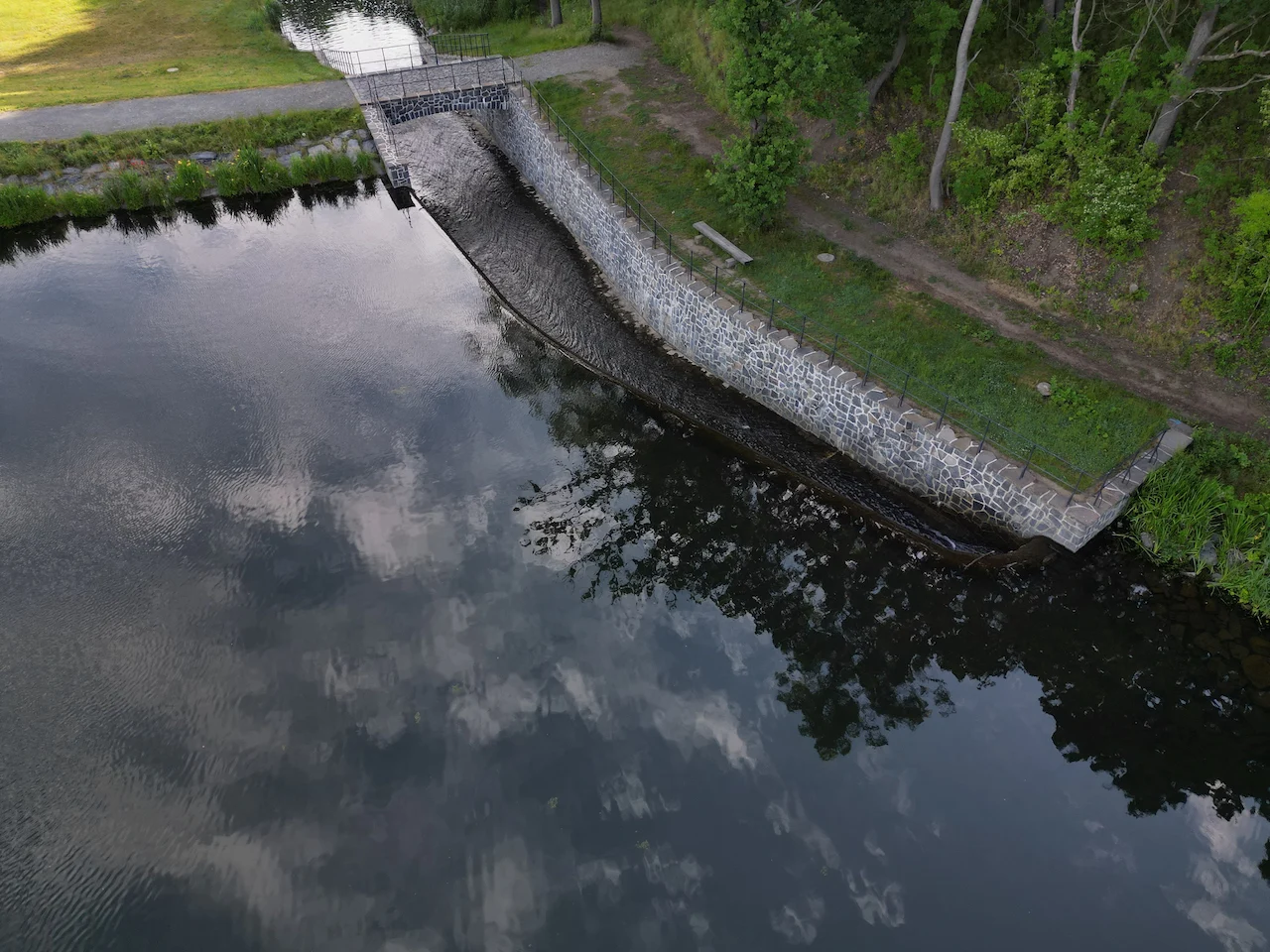
(Getty Images-1530776575)
Other tips include:
If you have a septic system, you want to make sure it is functioning properly. If it isn't, it can result in an increase in nutrients in the lake. Have it inspected and pumped regularly. A general rule of thumb is about every three to five years.
If you want to create access to your shoreline, and it's a moderate slope, you can put it in a pathway. Make sure it isn't straight and it follows gentle S curves. That will allow extra precipitation to flow into the surrounding vegetation.
More information on the Love Your Lake program can be found here, which includes a shoreline self-assessment. Alternatively, you can send an email to info@loveyourlake.ca.
WATCH: Size doesn't matter when it comes to helping pollinators
Thumbnail courtesy of Getty Images -147250439.
Follow Nathan Howes on the X platform, formerly known as Twitter.











